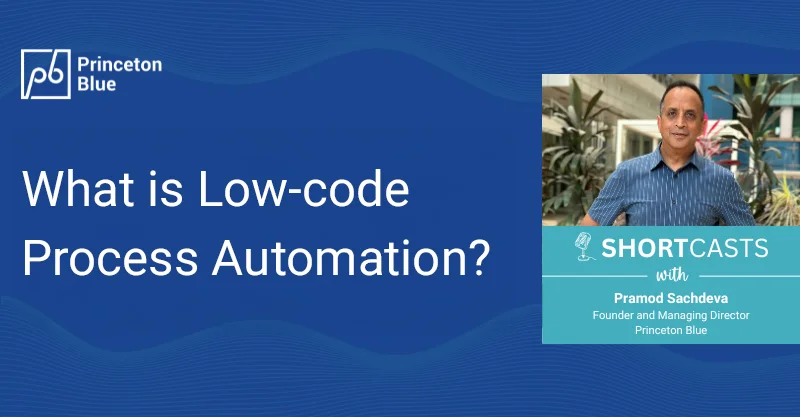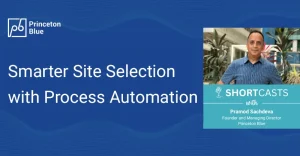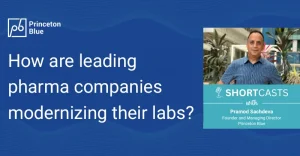As the pace of drug discovery accelerates, the organizations that thrive will be those that can adapt quickly. Traditional, siloed systems often make it difficult to respond to changing market conditions or evolving regulatory requirements. That’s why Low-code Process Automation is gaining momentum across the life sciences industry.
In this shortcast, Pramod Sachdeva, Founder & Managing Director of Princeton Blue, explains how Low-code Process Automation platforms are transforming the way pharmaceutical companies approach process innovation. Instead of replacing existing systems, Low-code Process Automation integrates with systems already in use – like Veeva, Argus, SAP, and Oracle – bringing data and workflows together into a unified, automated process.
Pramod shares why Low-code Process Automation has become a critical enabler for clinical, regulatory, lab, and manufacturing functions. Having delivered hundreds of Process Automation projects for global Pharma leaders, he highlights how companies are reducing cycle times, improving collaboration, and maintaining compliance, while achieving rapid time-to-value in weeks, not years.
If you want to understand why Low-code Process Automation is reshaping the future of pharma operations and how it can help your teams move faster with confidence, this shortcast is well worth a listen.




